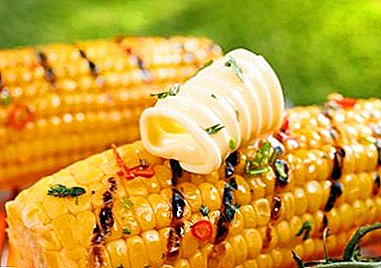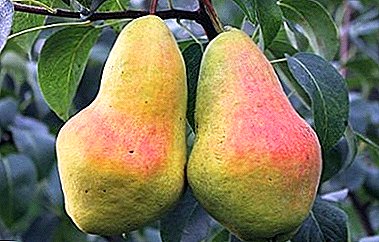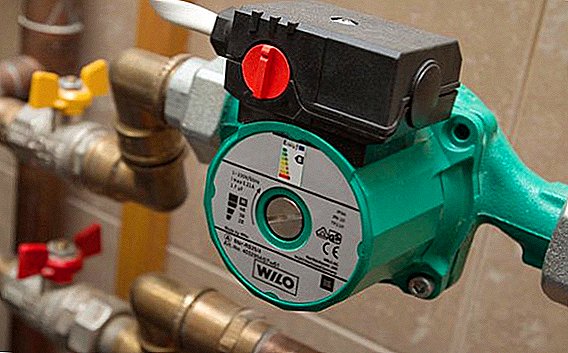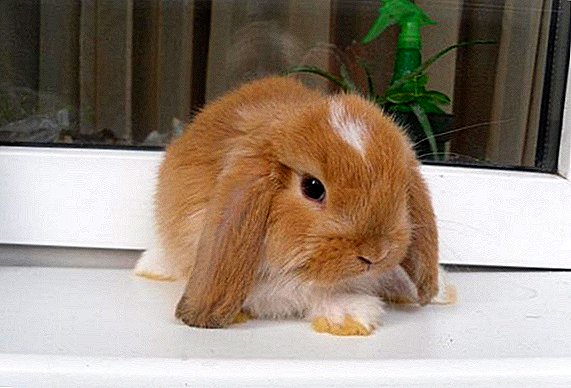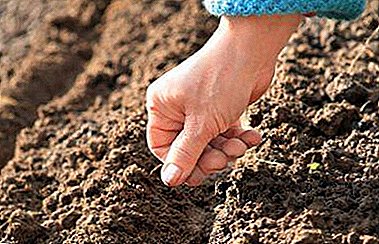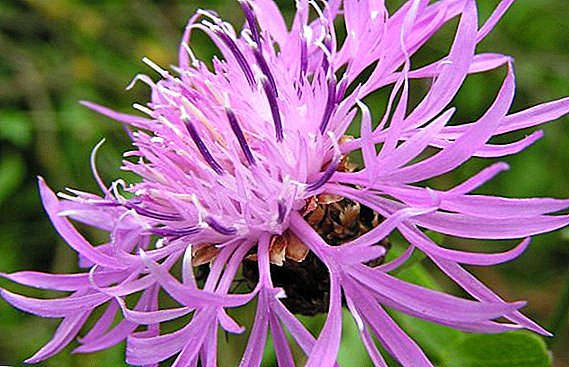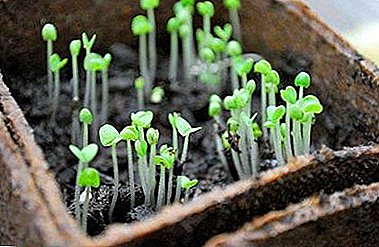
Basil is an exotic seasoning that gives dishes a savory taste and aroma. It can be used fresh as an additive in green salads. The plant has a number of useful properties for the human body. Not surprisingly, many amateur gardeners try to grow it in their summer cottage.
But not always it is possible to them from the first. In order to timely correct the emerging problems or even to avoid them, it is advisable to know the peculiarities of growing this crop. Next, we will tell you why basil seeds that have not been sown are not sprouting.
Why does it come out badly or not at all and what to do?
- The most obvious reason for the non-occurrence of basil seeds is the lack of heat. Basil comes from hot countries. It is preferred to be warm and moist soil. If you plant it too early in cold soil, do not expect rapid growth.
 If after two weeks the seeds did not germinate, then it is worth sowing them again. Not bad to buy for this new planting material. Perhaps the old seeds did not come up due to improper storage.
If after two weeks the seeds did not germinate, then it is worth sowing them again. Not bad to buy for this new planting material. Perhaps the old seeds did not come up due to improper storage.- So, early planting in not warm enough soil is a natural reason why basil can sprout for a long time or not sprout at all. But there is a chance that you did something wrong when you sowed or the non-emergence is caused by some other unnatural reason.
- If the planting was done at the right time, the seeds may not have germinated due to poor care. At first, after sowing, the soil should be regularly moistened. In the case of cooling the bed should be covered with a film.
- Basil seeds may not grow due to sowing too deep. Tender shoots need to break through the hard crust of the earth. They can not cope with this task if the soil dries up due to the fact that you do not have time to moisten it in a timely manner.
Does not grow on beds
Basil seedling at first grows not very fast. But if you notice that there is no growth at all, then you should be on your guard and start taking action.
Slow growth is likely due to a lack of heat. This plant is very thermophilic, therefore in the Middle zone it needs to create additional conditions for good growth. Rassad requires good lighting. With the help of fitolamps, daylight hours need to be extended up to 12 hours.
Planted seedlings preferably in a place well lit and inaccessible to cold northerly winds. The best option would be to place seedlings in a greenhouse or greenhouse. You can restrict shelter basil at night.
Poor growing in the garden
The main reasons for the slow growth of basil are:
- cold soil;
- insufficient watering;
- root rot due to excess moisture in the soil.
Seedlings of basil before planting in the ground should have time to form 5 leaves on each bush. This takes time from mid-April, when shoots appear, until the end of May. Early varieties of basil planted on the beds grow to 50 days, and middle-ripening - up to two months. Deviation from this graph is a sign of poor plant growth.
The most important thing to accelerate the growth of culture is to eliminate the causes that hinder it. The introduction of mineral fertilization will help to accelerate growth. The mixture includes:
- 5 liters of water;
- half a teaspoon of potassium chloride superphosphate, potassium sulfate and urea.
For better germination of seeds and further development of the plant, you can treat planting material with a growth stimulator.
How to ensure a good harvest?
Preventive measures In order to prevent poor growth of basil, it is necessary to provide the plant with proper conditions and care from the very first days after planting the seeds. What kind of conditions?
- Lighting. Basil needs a lot of light. If the plant is not well lit, it grows poorly and gives little foliage.
 The soil. Spice does not like heavy acidified soil. She needs a light soil with a neutral pH of 6-6.5. Land should be insulated, especially in the first time after planting. It is recommended to use a plastic wrap for shelter.
The soil. Spice does not like heavy acidified soil. She needs a light soil with a neutral pH of 6-6.5. Land should be insulated, especially in the first time after planting. It is recommended to use a plastic wrap for shelter.- Watering. The plant is very sensitive to moisture. It is unacceptable to let the soil dry out, but at the same time it is impossible to flood the roots. Water for irrigation should be slightly warmed. Preferably use pre-settled water during the day.
- Top dressing. Basil will need to be fertilized several times during its growth.
- The first dressing bird droppings can be made 10 days after planting shoots on the bed.
- The soil is fertilized a second time with a solution of nitrophoska 2 weeks after the introduction of the first feeding.
A flowering plant responds well to wood ash fertilizer.
Basil will surely please with fresh fragrant greens, if you follow the simple rules of its cultivation. This plant loves warm and timely watering. Place in the garden for basil should be chosen on the well-lit side of the plot. At the same time it is desirable to protect it from the wind. To accelerate growth, it is recommended to feed the crop several times during the growing season with mineral and organic fertilizers.


 If after two weeks the seeds did not germinate, then it is worth sowing them again. Not bad to buy for this new planting material. Perhaps the old seeds did not come up due to improper storage.
If after two weeks the seeds did not germinate, then it is worth sowing them again. Not bad to buy for this new planting material. Perhaps the old seeds did not come up due to improper storage. The soil. Spice does not like heavy acidified soil. She needs a light soil with a neutral pH of 6-6.5. Land should be insulated, especially in the first time after planting. It is recommended to use a plastic wrap for shelter.
The soil. Spice does not like heavy acidified soil. She needs a light soil with a neutral pH of 6-6.5. Land should be insulated, especially in the first time after planting. It is recommended to use a plastic wrap for shelter.